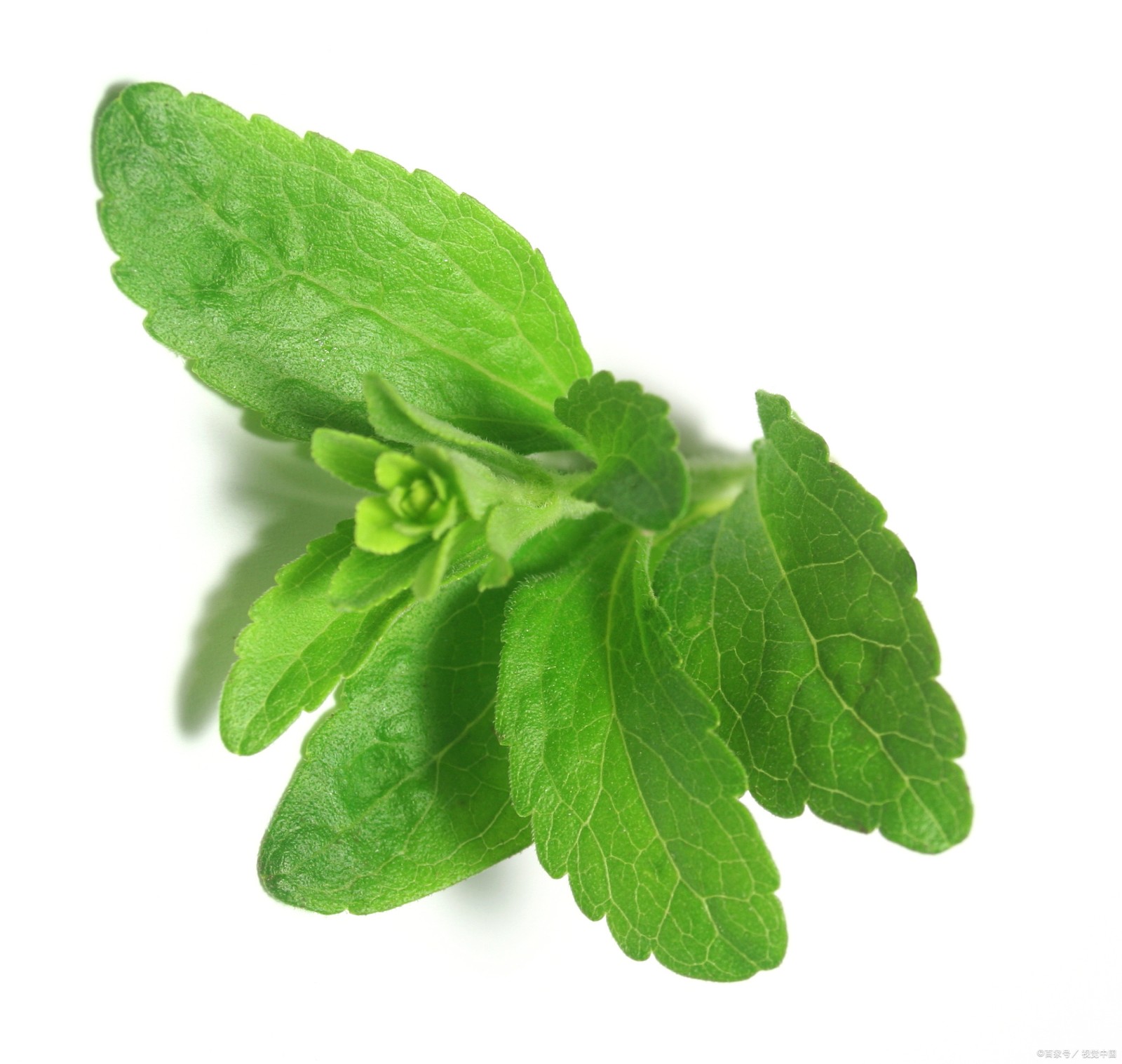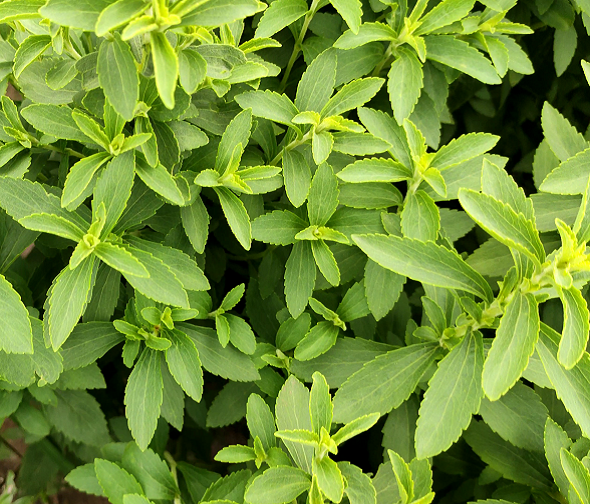In recent years, there has been a growing demand for healthier alternatives to sugar, driven by consumers who are more health-conscious and mindful of their dietary habits. One natural sweetener that has gained significant attention is stevia, which is derived from the leaves of the Stevia rebaudiana plant. Among the various steviol glycosides found in the stevia plant, Rebaudioside D (Reb D) is emerging as one of the most promising compounds due to its clean, sugar-like taste and its potential to revolutionize the sweetener market. In this article, we will delve into the details of Reb D stevia, its benefits, applications, and why it is becoming the future of natural sweeteners.

Rebaudioside D (Reb D) is one of the several steviol glycosides found in the stevia plant. Steviol glycosides are the compounds responsible for the sweetness of stevia. While Rebaudioside A (Reb A) is the most commonly used glycoside in commercial stevia products, Reb D is now being recognized for its superior taste profile. Reb D is present in much smaller quantities in the stevia plant compared to Reb A, but it has been found to have a more sugar-like taste, with significantly less of the bitter aftertaste that is sometimes associated with stevia.
The Taste Advantage of Reb D
One of the main reasons Reb D is gaining popularity is its taste. While traditional stevia products containing Reb A have been praised for their natural, calorie-free sweetness, some consumers report a slightly bitter or licorice-like aftertaste when using Reb A products. This aftertaste can be especially noticeable when Reb A is used in higher concentrations.
In contrast, Reb D offers a much cleaner and more sugar-like flavor. It has been shown to have less bitterness and aftertaste, making it a more appealing option for consumers who are sensitive to the flavor profile of Reb A. This makes Reb D an ideal candidate for use in products where taste is paramount, such as in beverages, baked goods, and confectionery items.
How is Reb D stevia produced?
One of the challenges with using Reb D is that it naturally occurs in much smaller quantities in the stevia plant compared to other glycosides like Reb A. This means that extracting Reb D from the leaves is less efficient and more costly.
To address this issue, advancements in biotechnology have enabled companies to produce Reb D through fermentation and other innovative methods. Using microbial fermentation, scientists can create steviol glycosides like Reb D more efficiently, without relying solely on the stevia plant. This not only reduces production costs but also allows for more sustainable and scalable production processes. As a result, Reb D is becoming more commercially viable and accessible to food and beverage manufacturers.
Benefits of Reb D Stevia
1. Zero-Calorie Sweetener
Like other stevia glycosides, Reb D is a zero-calorie sweetener, making it an excellent alternative for those looking to reduce their caloric intake or manage their weight. This is particularly important in the context of rising obesity rates and the increasing prevalence of diet-related diseases such as diabetes.
2. Natural Sweetness
Reb D is derived from the stevia plant, which is a natural source of sweetness. As consumers shift away from artificial sweeteners such as aspartame and sucralose, natural sweeteners like Reb D are becoming more popular. Unlike synthetic sweeteners, Reb D is plant-based, which appeals to consumers seeking clean-label products.
3. Improved Taste Profile
As mentioned earlier, one of the key advantages of Reb D over other stevia glycosides is its improved taste profile. Reb D is known for providing a more authentic sugar-like sweetness, with reduced bitterness and aftertaste. This makes it a better option for applications where taste is a critical factor.
4. Suitable for Diabetics
Reb D, like other stevia-derived sweeteners, does not raise blood sugar levels, making it a safe option for people with diabetes or those looking to maintain stable blood sugar levels. Since it has no glycemic impact, it is an excellent choice for diabetic-friendly foods and beverages.
5. Sustainable Production
Advances in biotechnology and fermentation methods are allowing for the production of Reb D in a more sustainable manner. This reduces the environmental impact associated with large-scale stevia farming, as well as the resources required to extract small amounts of Reb D from the stevia plant.


Applications of Reb D Stevia in the Food and Beverage Industry
With its superior taste and natural origins, Reb D stevia is gaining traction in various industries. Here are some of the most common applications:
The beverage industry has been one of the earliest adopters of stevia as a sugar substitute. Reb D is particularly well-suited for soft drinks, juices, energy drinks, and flavored waters, where taste is critical. Due to its cleaner, sugar-like taste, Reb D can help manufacturers create beverages that appeal to consumers seeking natural sweetness without the calories or artificial ingredients..
The improved taste profile of Reb D makes it an ideal sweetener for baked goods, such as cookies, cakes, and pastries. It can be used as a direct sugar replacement or in combination with other sweeteners to create products with lower sugar content while maintaining flavor and texture.
3.Dairy
Reb D is also being used in dairy products such as yogurts, ice creams, and flavored milk, where it provides a natural, calorie-free sweetness that doesn't interfere with the creamy texture or flavor.
4.Confectionery
In the confectionery industry, Reb D can be used to reduce the sugar content of candies, chocolates, and other sweet treats. Consumers are increasingly seeking out sugar-free or reduced-sugar alternatives that still deliver the taste they crave, making Reb D a valuable ingredient for confectionery manufacturers.
5.Sauces and dressings
Reb D is also being explored for use in sauces, salad dressings, and other savory applications where a touch of sweetness is required. Its clean taste ensures that it complements the flavors of these products without overpowering them.
Reb D vs. Reb A: What's the Difference?
Although both Reb A and Reb D are steviol glycosides derived from the stevia plant, there are some key differences between them:
· Taste: Reb D is considered to have a cleaner, more sugar-like taste compared to Reb A, which can have a slightly bitter aftertaste, especially at higher concentrations.
· Concentration: Reb A is found in much larger quantities in the stevia plant, making it easier and cheaper to extract. Reb D, on the other hand, occurs in smaller amounts, which has traditionally made it more expensive to produce.
· Applications: While Reb A has been widely used in a variety of food and beverage products, Reb D is increasingly being adopted in applications where taste is the top priority.
The Future of Reb D Stevia
As consumers continue to seek out natural, low-calorie sweeteners that offer the same taste and functionality as sugar, Reb D is poised to become a significant player in the sweetener market. Advances in production techniques, such as fermentation, are making it more affordable and accessible to manufacturers, which will likely drive increased use in a wide range of products.
Moreover, the shift away from artificial sweeteners and the increasing demand for clean-label, plant-based ingredients will further propel the growth of Reb D stevia in the coming years. As more consumers become aware of its benefits, we can expect to see Reb D in everything from beverages to baked goods to dairy products.


Future Trends in the Rebaudioside D Market
As the Rebaudioside D market continues to evolve, several trends are expected to shape its future:
1.Increased investment in biotechnology
As demand for Reb D rises, companies will continue to invest in biotechnological innovations to improve production processes and reduce costs. The use of fermentation and enzymatic conversion technologies will enable the production of Reb D at a larger scale, making it more affordable for a broader range of manufacturers.
2.Expansion of product applications
While Reb D is currently used primarily in food and beverages, its application is expected to expand into other areas such as cosmetics, nutraceuticals, and even pet food. As more industries recognize the benefits of natural, zero-calorie sweeteners, Reb D's market presence will continue to grow.
3.Focus on sustainability
Consumers and manufacturers alike are placing greater emphasis on sustainability. The stevia industry, including Reb D production, is focusing on sustainable farming practices and reducing the environmental impact of production. This focus on ethical sourcing and sustainability will be a key driver of future market growth.
Reb D stevia is a game-changer in the world of natural sweeteners. With its superior taste, zero-calorie content, and natural origins, it offers a compelling alternative to both sugar and artificial sweeteners. As the food and beverage industry continues to innovate and meet consumer demands for healthier, more natural products, Reb D is set to become a gold standard in sweetening solutions.
Whether you are a health-conscious consumer looking for a sugar alternative or a manufacturer seeking a cleaner, more sustainable sweetener for your products, Reb D stevia represents the future of sweetness without compromise.
Related Recommendation
All images in this article are sourced from: GL Stevia, Pexels, Natvia